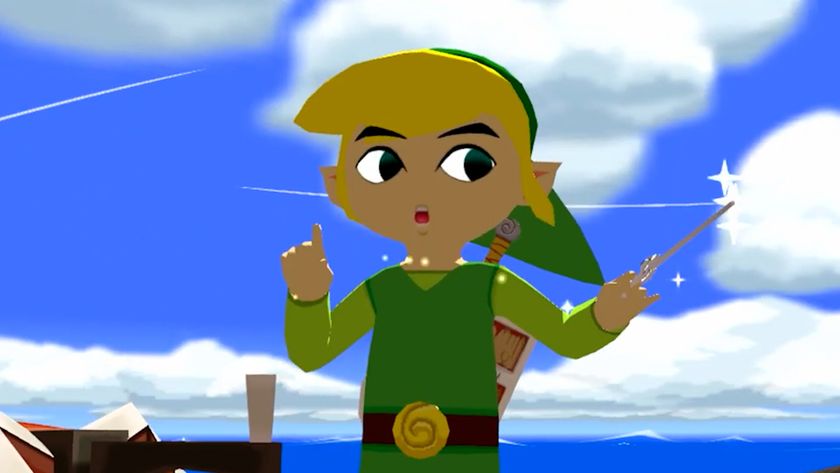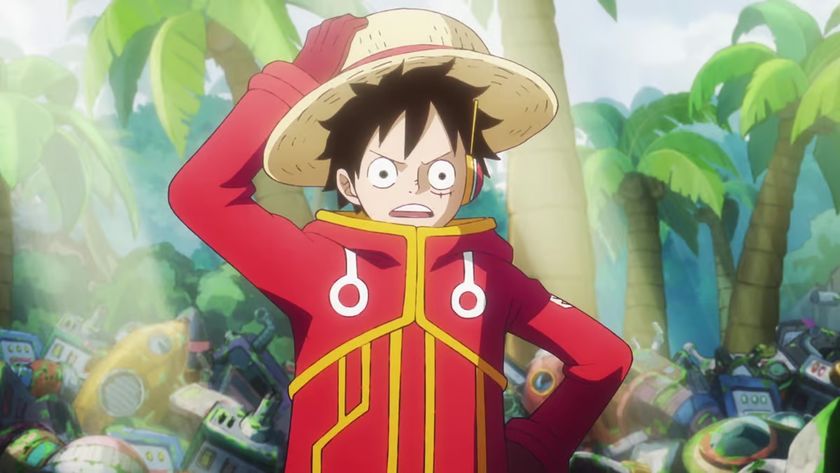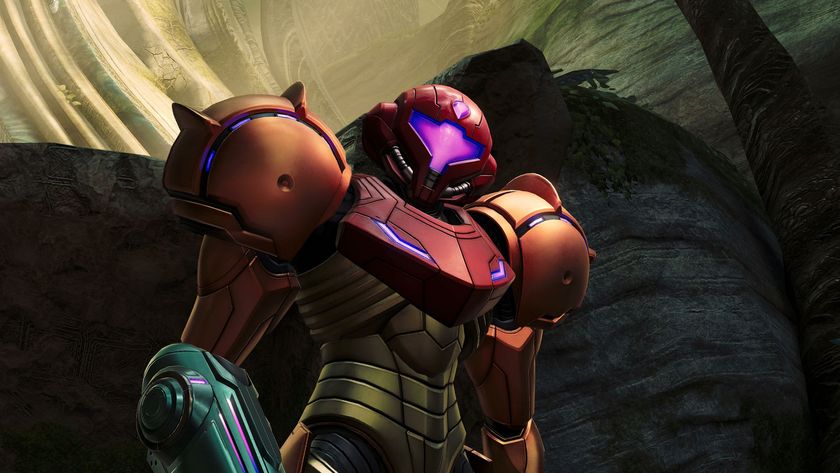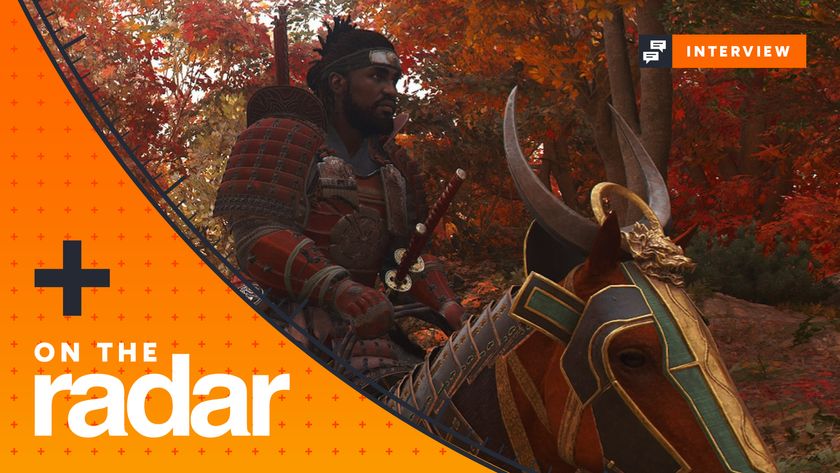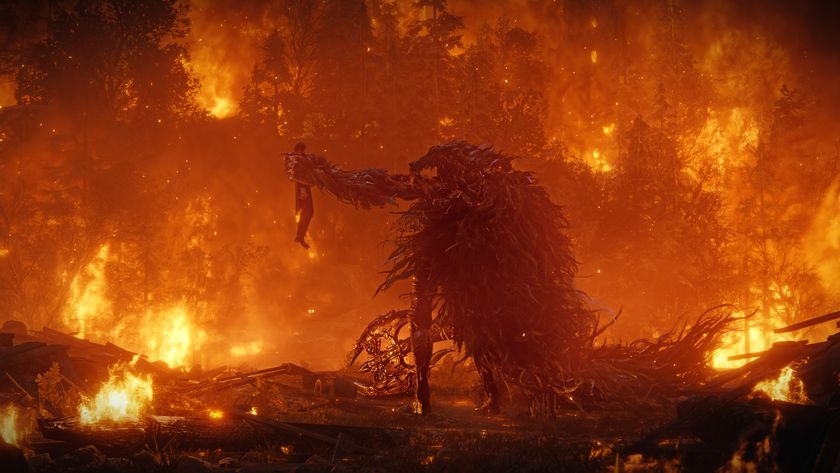10 Things Videogames Learned from D&D
Gary Gygax's influence will reverberate through the ages
Hit Points
Health, Stamina, Hearts, Overshields… whatever you call it, it began as Hit Points. D&D was the first game to attach a fluctuating numerical value to a character’s physical state of well being. Initially, a videogame character’s Life was a binary condition: alive (jumping over barrels) or dead (crushed by barrels). The life meter is standard issue in modern videogames, except in the case of the trendy retro throwback.
Critical Damage
A critical strike is achieved in D&D by rolling a 20 (aka “natural 20”) on a 20-sided die, resulting in twice the normal amount of damage. The operating principle is that it hurts more to get stabbed in the face than the shoulder. Extra damage for headshots and bosses with giant glowing weak points are just some of the ways this combat mechanism has been absorbed into videogames. D&D also had an assassination system for resolving attacks on unaware victims. A melee kill from behind in Halo 3 and a stealth kill in Assassin’s Creed are two modern implementations of D&D assassinations.
Melee
Especially popular in first-person shooters, the phrase ‘melee attack’ is rooted in D&D lore. A "melee round" in D&D consists of a one-minute period of time during which the participants of a combat scenario attack, defend, cast spells or flee like cowards. Further, "melee combat" refers to the use of a hand-held weapon or magical attack involving touch.
Sign up to the 12DOVE Newsletter
Weekly digests, tales from the communities you love, and more
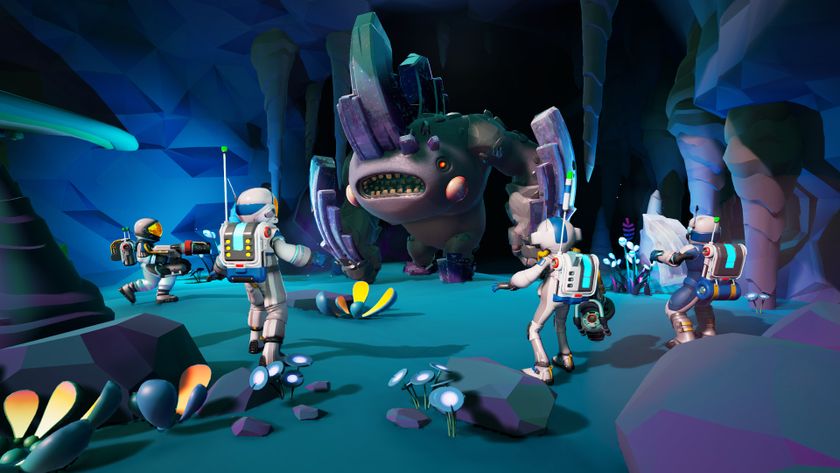
Switch 2 is getting an even more co-op-focused spinoff of a massively popular survival space sim, but it's not replacing the original: "Astroneer will continue to live on"
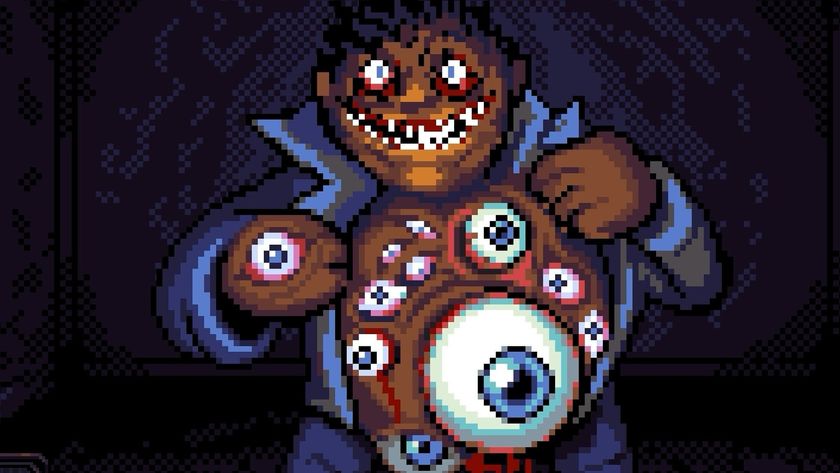
Forget $80 games, this $10 indie RPG is being hailed as "one of the best if not the best" cosmic horror games ever, and thank Cthulhu, it only takes "10-12 hours" to beat


